Cat breeds predisposed to diabetes includes Maine Coons
Here are some questions and answers on cat breeds and contracting type 2 diabetes, a disease that affects more cats today than in the past because of there are more obese cats nowadays than in the past.
The conclusion is that the Maine Coon is one of those breeds predisposed to feline type 2 diabetes which is very similar to human type 2 diabetes.
This is one of a list of inherited diseases (sorry for the bad news) that should be taken into consideration when adopting and considering the cost of caregiving which for this breed would normally include pet health insurance.
Which cat breeds are predisposed to contracting diabetes?
Some cat breeds that are known to have a higher predisposition to developing diabetes include:
1. Maine Coon - This breed has a genetic tendency towards insulin resistance and obesity, both of which are risk factors for feline diabetes.
2. Norwegian Forest Cat - Like the Maine Coon, this breed is prone to obesity and insulin resistance, increasing their risk of diabetes.
3. Russian Blue - This breed has been found to have a higher incidence of diabetes compared to other cat breeds.
4. Burmese - Burmese cats have a genetic predisposition to diabetes, likely due to a combination of obesity and pancreatic dysfunction.
5. Siamese - Siamese cats are overrepresented in the diabetic cat population, potentially due to their tendency towards obesity and insulin resistance.
Other risk factors for feline diabetes include advanced age, physical inactivity, and a diet high in carbohydrates. However, it's important to note that any cat can develop diabetes, regardless of breed. Proper diet, exercise, and veterinary care are key to managing and preventing diabetes in cats.
Which cat breed is most predisposed to contracting diabetes?
Based on the current scientific research, the cat breed that is most predisposed to developing diabetes is the Burmese.
Several studies have shown that Burmese cats have a significantly higher risk of developing diabetes compared to other breeds:
- A large-scale study published in the Journal of the American Veterinary Medical Association found that Burmese cats had nearly 3 times the odds of developing diabetes compared to non-Burmese cats.
- Another study in the Journal of Feline Medicine and Surgery reported that Burmese cats made up 25% of the diabetic cats in their sample, despite Burmese cats only comprising about 5% of the overall cat population.
- Researchers believe the heightened diabetes risk in Burmese cats is likely due to a genetic predisposition towards obesity and insulin resistance, which are major risk factors for the development of feline diabetes.
So in summary, the preponderance of evidence indicates that the Burmese cat breed has the highest genetic susceptibility to contracting diabetes among all domestic cat breeds. Close monitoring for signs of diabetes and proactive prevention through diet and exercise is especially important for Burmese cats.
Why are Maine Coons more predisposed to getting diabetes?
See my comment below too. I think it is more valid than the others. 💕😻
There are a few key reasons why Maine Coon cats are considered more predisposed to developing diabetes compared to other cat breeds:
1. Genetic Factors:
- Studies have found genetic variations in Maine Coons that are associated with insulin resistance and impaired glucose metabolism.
- These genetic factors likely contribute to a greater propensity for Maine Coons to develop insulin dysregulation and eventually diabetes.
2. Obesity Predisposition:
- Maine Coons have a natural tendency towards being larger, bulkier cats with a higher body weight.
- Obesity is a major risk factor for feline diabetes, and the genetic and physiological factors that promote obesity in Maine Coons increase their diabetes risk.
3. Insulin Resistance:
- Maine Coons appear to have an inherent resistance to the effects of insulin, meaning their bodies require higher levels of insulin to maintain normal blood glucose levels.
- This insulin resistance can eventually progress to overt diabetes as the pancreas struggles to keep up with the heightened insulin demands.
4. Age-Related Factors:
- Maine Coons are typically a long-lived breed, with many living well into their teens.
- The risk of diabetes increases with age in cats, so Maine Coons' longevity contributes to their higher lifetime risk of developing the condition.
The combination of genetic predisposition, obesity tendency, insulin resistance, and advanced age all work together to make Maine Coons more susceptible to feline diabetes compared to many other cat breeds. Careful monitoring and proactive management of diet and weight are important in this breed.
I will add my thought to the ones above: they are often or almost always full-time indoor cats, living in homes where there is insufficient mental stimulation and not enough to do. Not enough to allow the cat to express their natural motivations. This fosters obesity through boredom and overeating. Important.
-----------

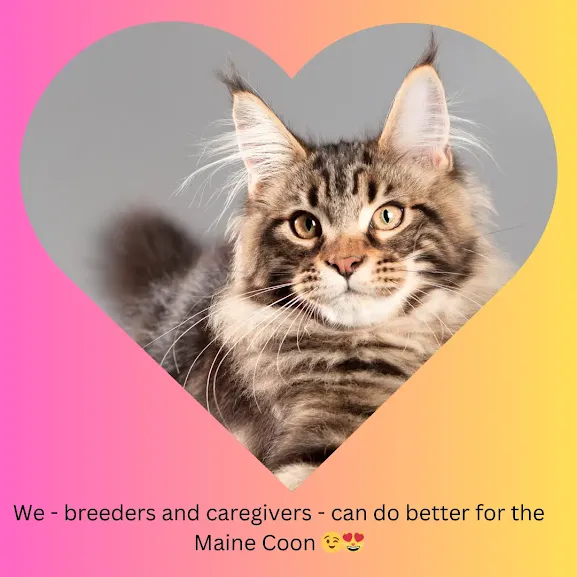

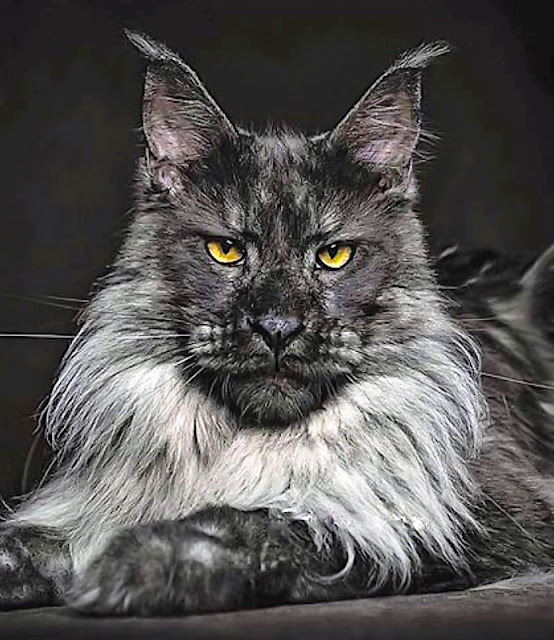



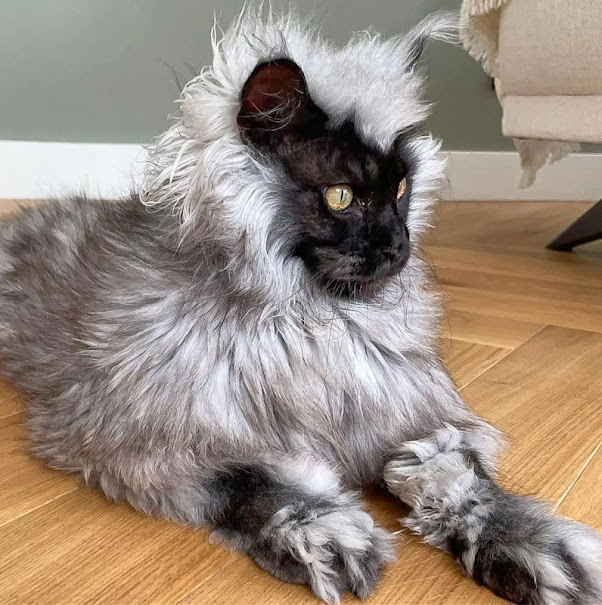

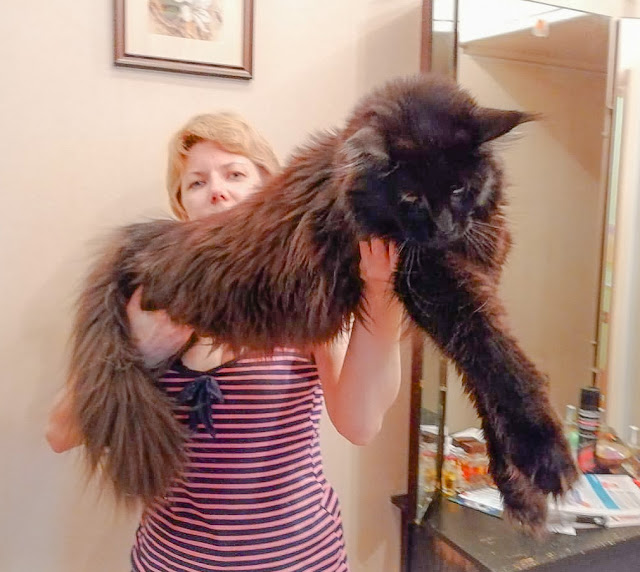
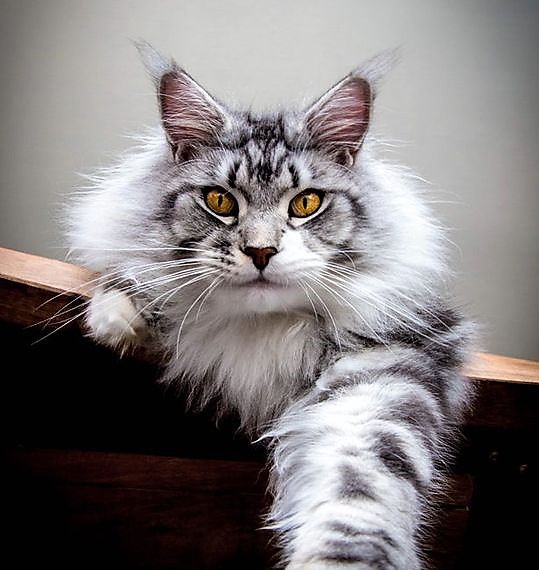
Comments
Post a Comment
Please share your Maine Coon experiences.